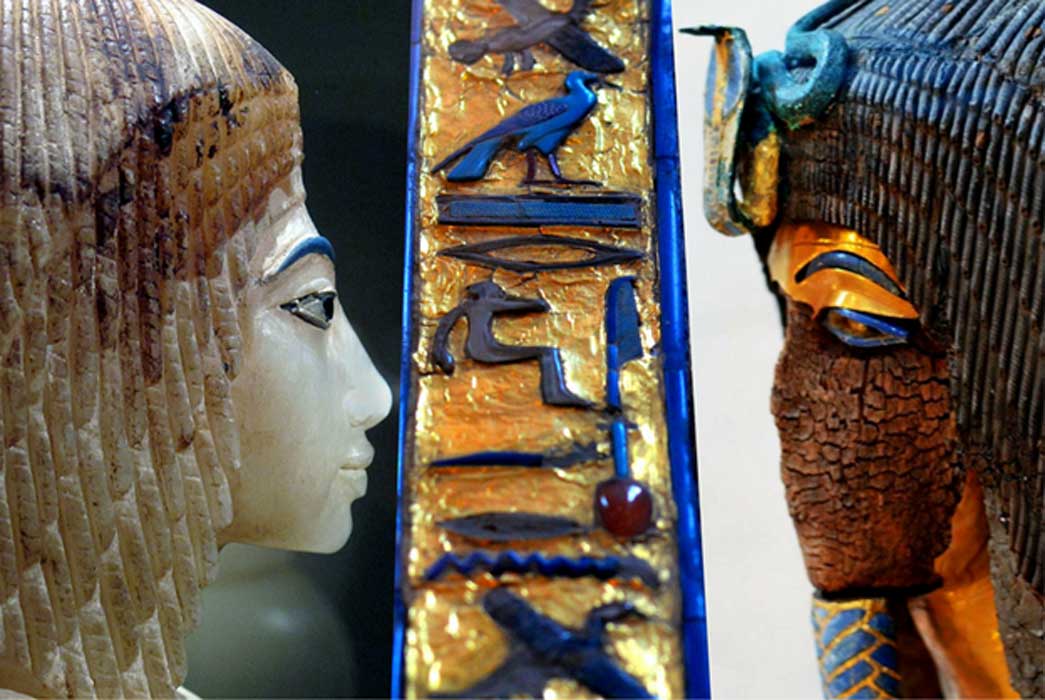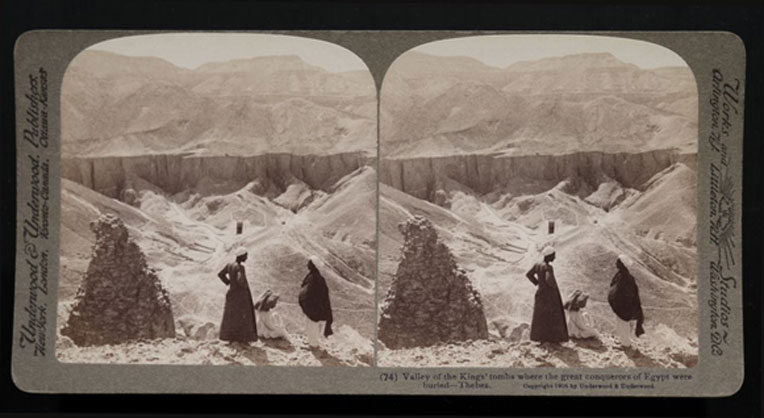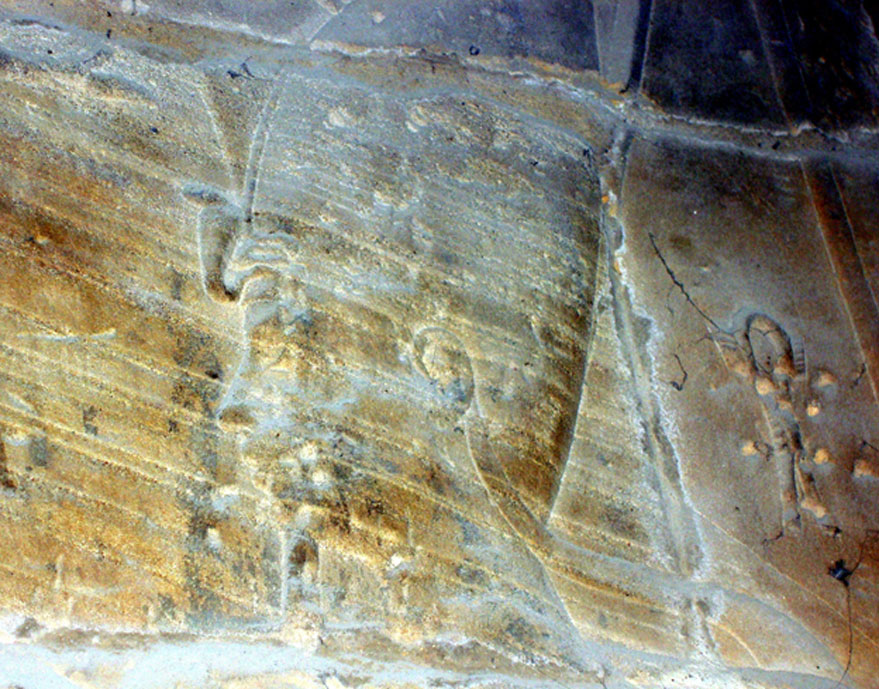
The Magic, Mystery and Madness of Tomb 55: Seeking the Amarna Dead–Part I
When Pharaoh Akhenaten abandoned the traditional capital Thebes (Waset) and headed to his dream city Akhetaten – built to glorify the solar deity, the Aten – he swore never to return. But, such proclamations failed miserably a little over a dozen years later when order was restored and the mortal remains of the Amarna royals were transported for reburial in the famed necropolis. Despite the passage of more than a century since its discovery, the enigmatic Tomb 55 refuses to yield its secrets.
EXPLORATIONS IN THE GREAT FIELD
Undoubtedly the most famous burial ground in the world, the Valley of the Kings (Arabic: Wādī al Mulūk) in the Theban Hills in Egypt, served as the royal cemetery of the mighty pharaohs of the New Kingdom for half a millennium—from approximately 1539 BC to 1075 BC (Eighteenth to Twentieth Dynasties). In ancient times, the area was officially called ‘The Great and Majestic Necropolis of the Millions of Years of the Pharaoh - Life, Strength, Health in The West of Thebes’, or Ta-sekhet-ma'at (the Great Field). The wadi consists of two valleys: East Valley (where the vast majority of the royal tombs are situated) and West Valley.

A stereograph shows three men outside the tombs in the Valley of the Kings, 1904. (Underwood & Underwood/CC BY-SA 2.5)
Guarded around the clock by fearsome and disciplined Medjay (an elite police force that comprised Nubian soldiers), the name “Valley of the Kings” is actually a misnomer, for the place also contains the tombs of illustrious nobles and their families. Only about 20 tombs, that we know of thus far, hosted the remains of pharaohs. Around the time of Ramesses I (ca. 1301 BC) construction commenced in the Valley of the Queens (Arabic: Wādī al Malekāt) known to the ancients as Ta-Set-Neferu, “The Place of Beauty”. The ultimate magic, however, unfolded deep below the ground: the result of incredible ancient engineering feats that remain unsurpassed even in modern times; with a maze of corridors running in every conceivable direction.
This present-day World Heritage Site was a pilgrimage spot and tourist destination following the invasion of Egypt by that most famous Greek of them all, Alexander the Great. The last burial in these hallowed precincts was made before 1000 BC, and tales of bullion-rich, extravagant and exquisitely painted tombs of monarchs drew a steady stream of visitors from the Classical world. Even Hadrian, the celebrated Roman emperor, made a stopover at some of the country’s famous monuments in 130 AD.

Alexander the Great is depicted as a pharaoh in a wall relief at the Luxor Temple. (Public Domain)
At last count, the French scholar Jules Baillet recorded over 2,000 Greek and Latin sgraffito and graffiti left by the Classical globetrotters, with the earliest positively dated to 278 BC. These writings were located, together with a lesser number of texts in Phoenician, Cypriot, Lycian, and other exotic languages; all this in addition to a plethora of scribbles in demotic and Coptic by native Egyptians themselves (this included doodles by pharaonic artists and workmen).The father of Egyptology suffered a tragic death after deciphering the Rosetta Stone
- Enigma of the Heartless Pharaoh: Who Stole the Heart of King Tut, and Why?
- The Dakhamunzu Chronicles: End Game of the Sun Kings—Part I
Notable amongst these is KV9, the tomb of Ramesses V and Ramesses VI, which has been open since antiquity; that contains a large amount of hieratic graffiti. Dazzled by the immaculate beauty of the grandiose open sepulchers, many travelers couldn’t help but register their awe: ‘I have seen the peculiarly excellent workmanship of these tombs, which is unutterable to us’.




